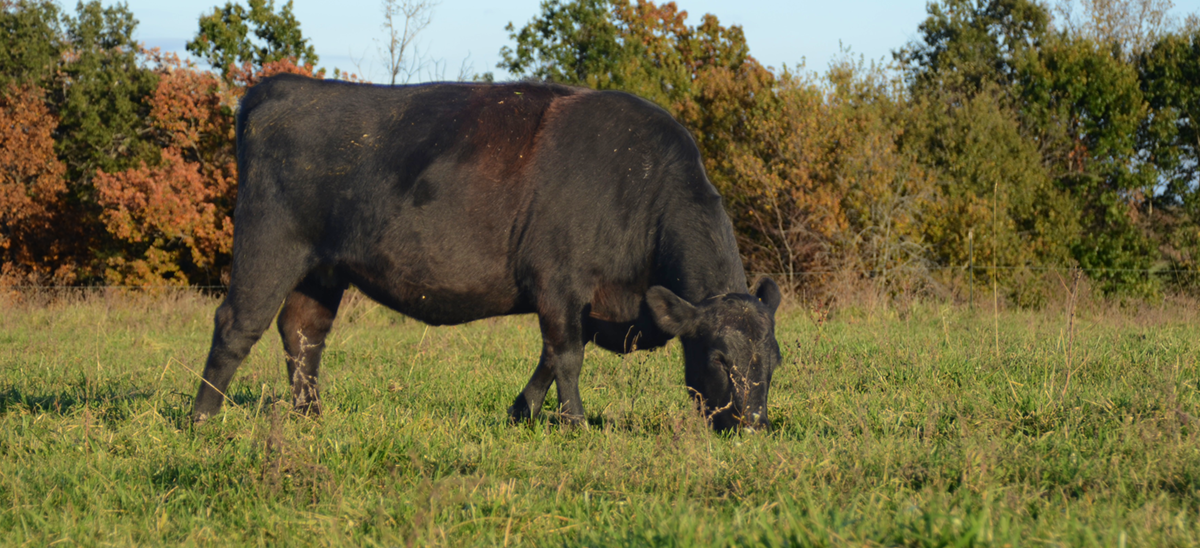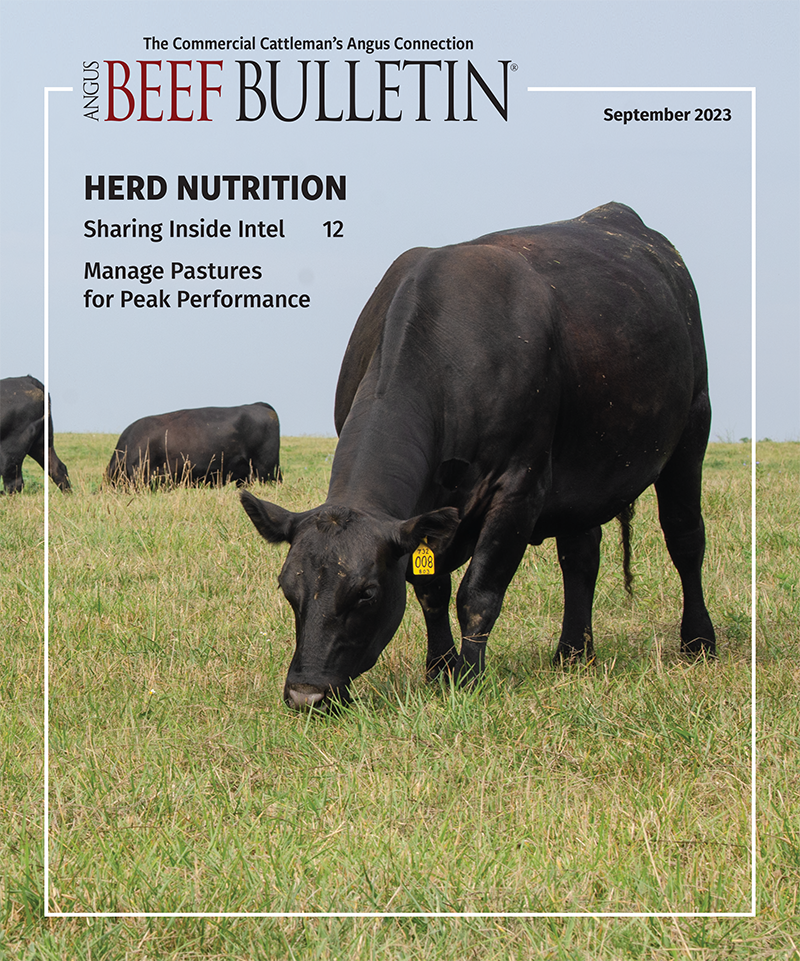
Marketing Cull Cows
Trying to catch the highs of the cull-cow market may mean looking at alternatives.
Part of every rancher’s annual income is derived from cull cows. A certain number of older cows or poor-producing cows are sold to make room for younger or better females. When expenses go up or feed supplies are short, producers often sell a few more cows or heifers to generate enough income to pay the bills and to reduce the number of mouths to feed. How and when those animals are marketed can make a difference in terms of income received.
There is a seasonality to cull-cow prices, says David Anderson, professor and extension economist at Texas A&M University. “We see lowest prices in the fall because the majority of ranchers calve in the spring and wean in the fall, so the market is flooded with cull cows. One strategy — especially in regions where minimal hay feeding is necessary over winter — is holding those cows to take advantage of the increase in price in the spring of the next year.”
If producers have the pasture or feed to carry them through winter, those cows will be worth enough more in the spring to pay for that feed, particularly if a person can add weight to those cows. That may not work, however, where weather is cold and feed is short and/or expensive.
Another strategy is culling earlier, before prices drop. A rancher can wean calves a bit earlier and sell in August or September.
“This may depend on when we calve, wean or preg-check,” says Anderson. It may also depend on when ranchers round up cattle if they are on range allotments. Weaning early might work for ranchers in some parts of the country, but not everywhere.
“We are lucky currently, because cull-cow prices have stayed high. There is a big demand for hamburger beef. With inflation and most folks on a budget, steak prices are down, but ground beef has stayed high,” he says. It’s still cheaper per pound, and in this country, people really like ground beef.
“This helps our cull-cow market and helps producers who have to make drought-forced culling decisions,” says Anderson. There are various ways to market those cows, depending on whether you are close to an auction yard or can sell them on the rail.
“If you are close enough to sell direct to a kill plant, the net price is usually better,” he says. “If you haul them yourself, you pay transport costs, but sometimes it pays if you have enough cull cows to make a load.” It’s always more cost-effective to take a load rather than a handful of cows, especially with high fuel costs.
The cow market is variable from one year to the next, and producers need to be flexible and innovative, Anderson says. If you want to overwinter cows, but your feed resources are short, maybe there’s an alternative feed that would pencil out to buy.
“In some areas, you may have access to byproducts from food processing, like potatoes or gin trash in cotton country,” he says. There might be something you could economically feed cows until prices rebound if you can afford the transport costs to get the feed to your cows.
“Consider the risk of keeping those cows, especially an older cow that might not make it through winter or might become lamer from arthritis in cold weather,” Anderson says. “It depends on the reasons you are culling those cows to begin with.”
Sometimes a lower price can’t be avoided, says Anderson. But, in most instances, if we can find an alternative that pencils out, it is worth it to wait for high prices to return. There are ways to squeeze a few more dollars from cows, such as selling late-calving cows to someone who calves later in the year. Every year is different, however, and culling decisions may hinge on various factors.
“For the folks who are being forced to sell, we are lucky that cull cow prices are up,” Anderson says.
Editor’s note: Heather Smith Thomas is a freelance writer and cattlewoman from Salmon, Idaho. [Lead photo by Shauna Hermel.]



